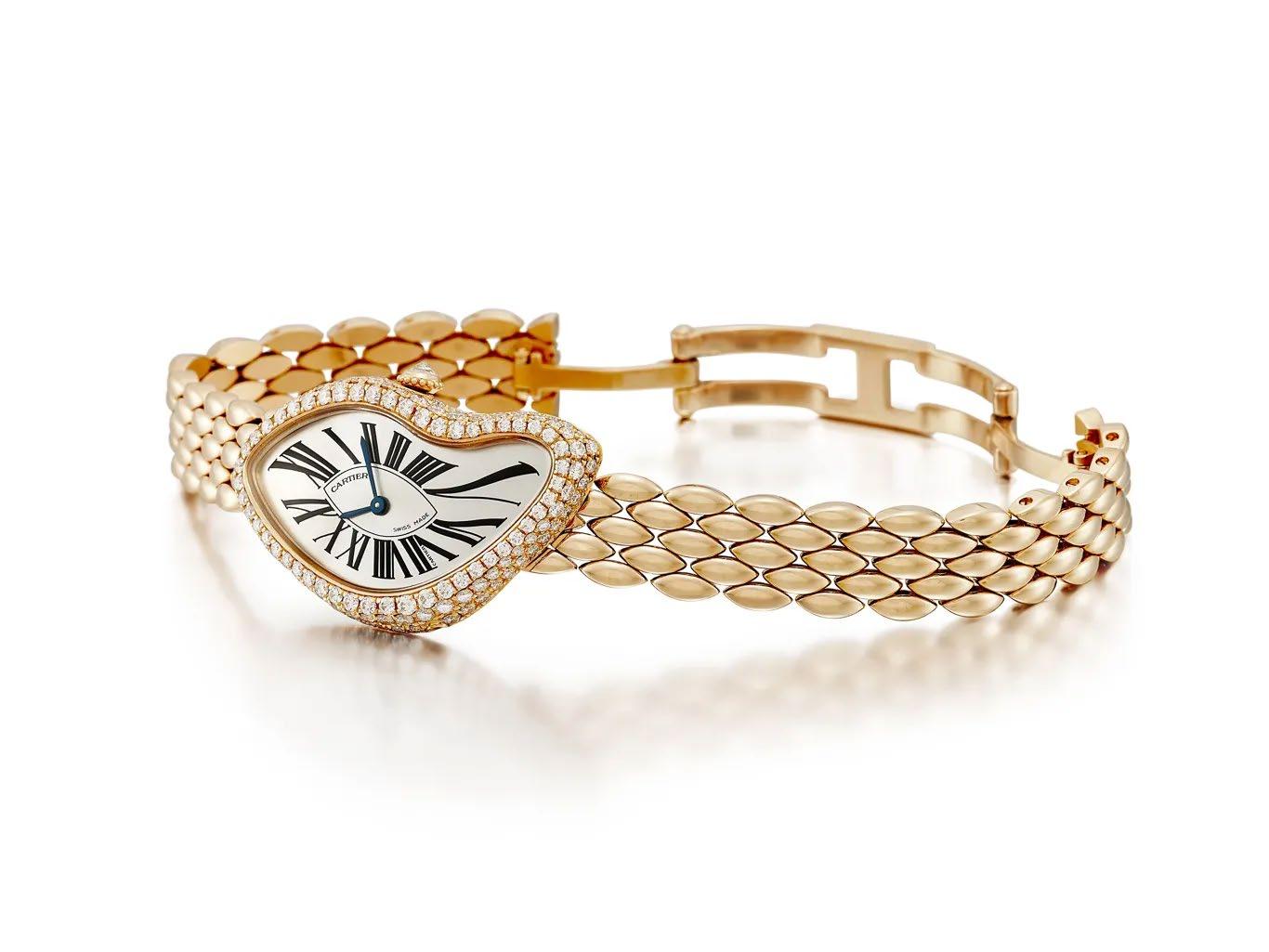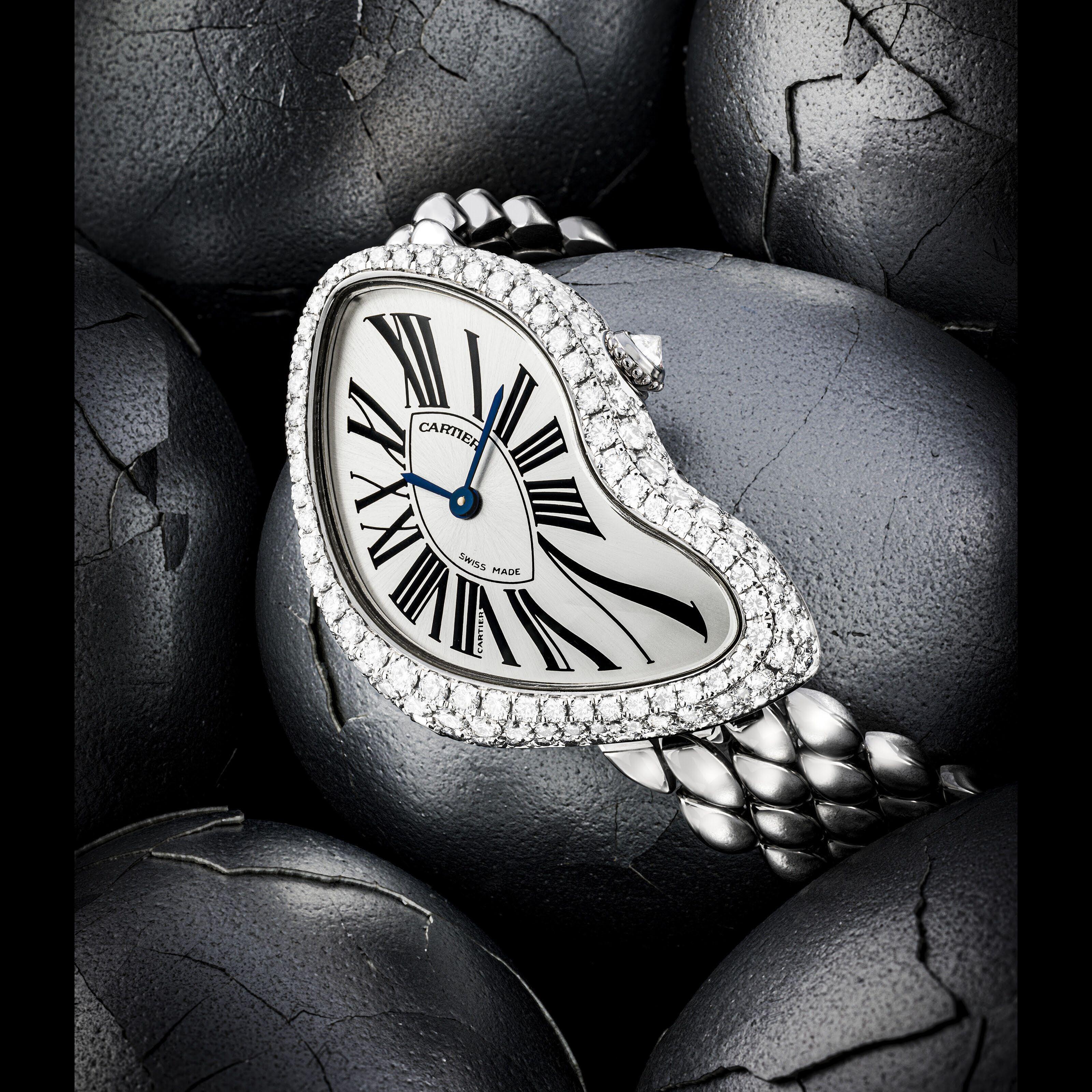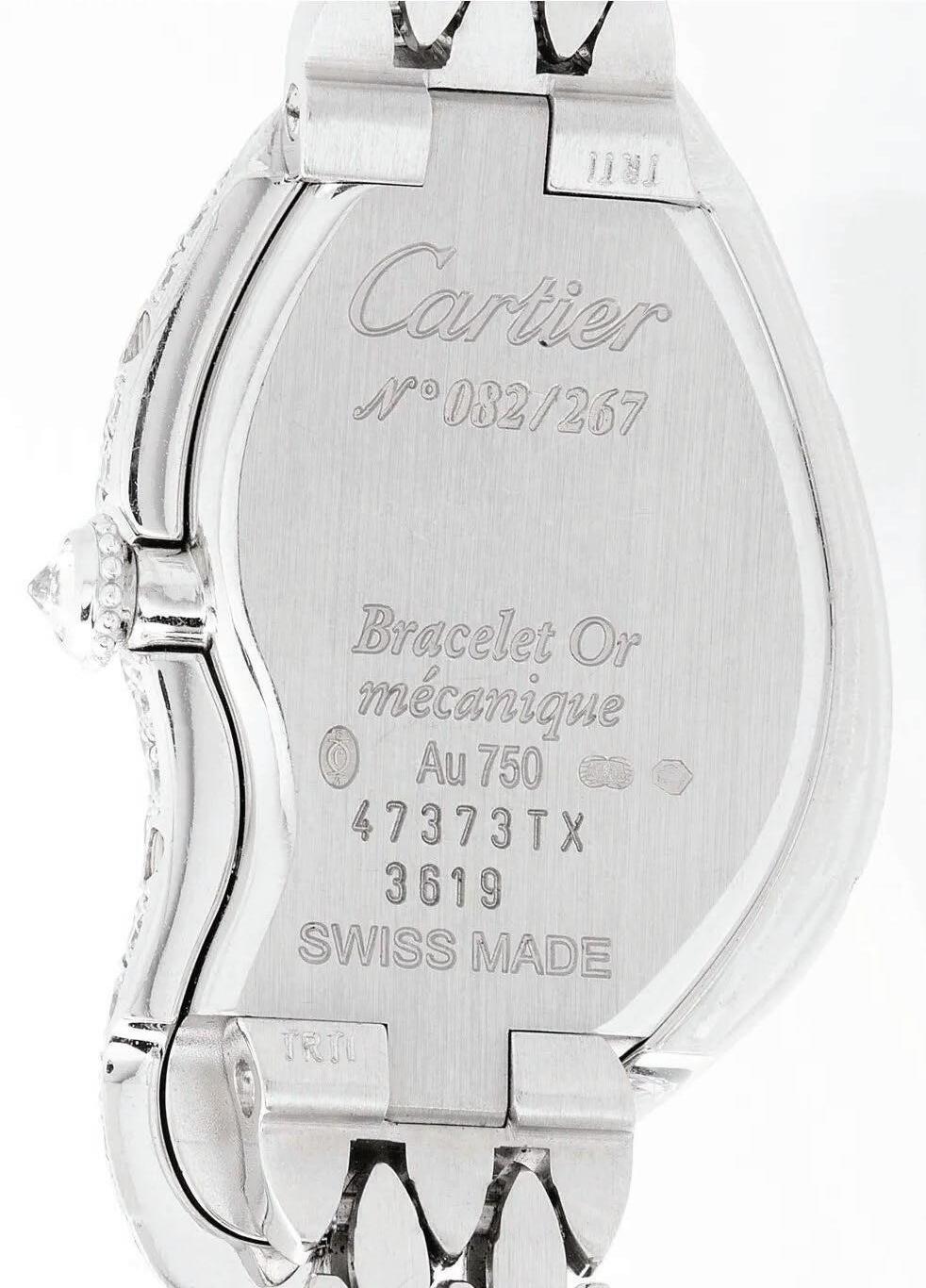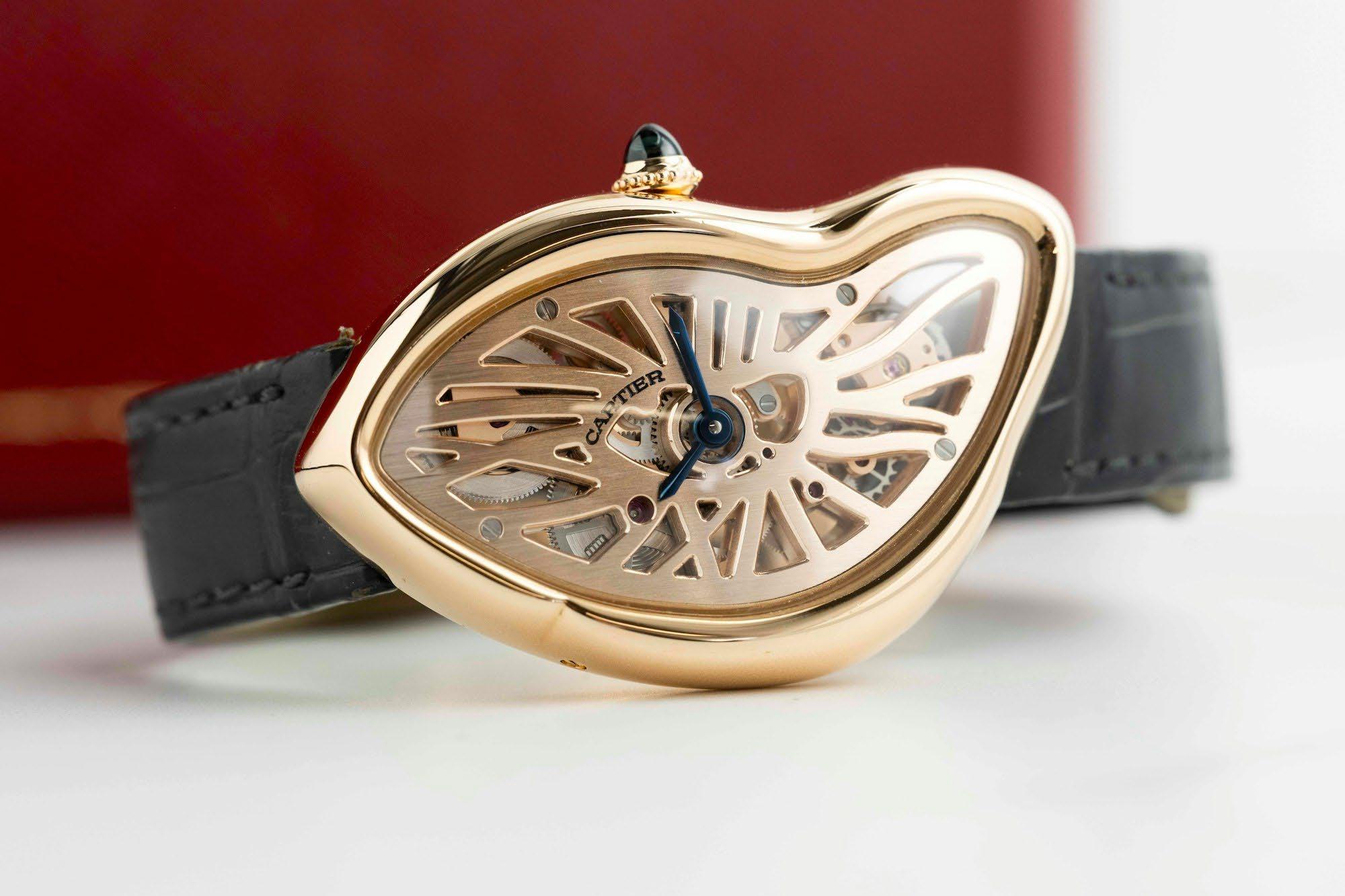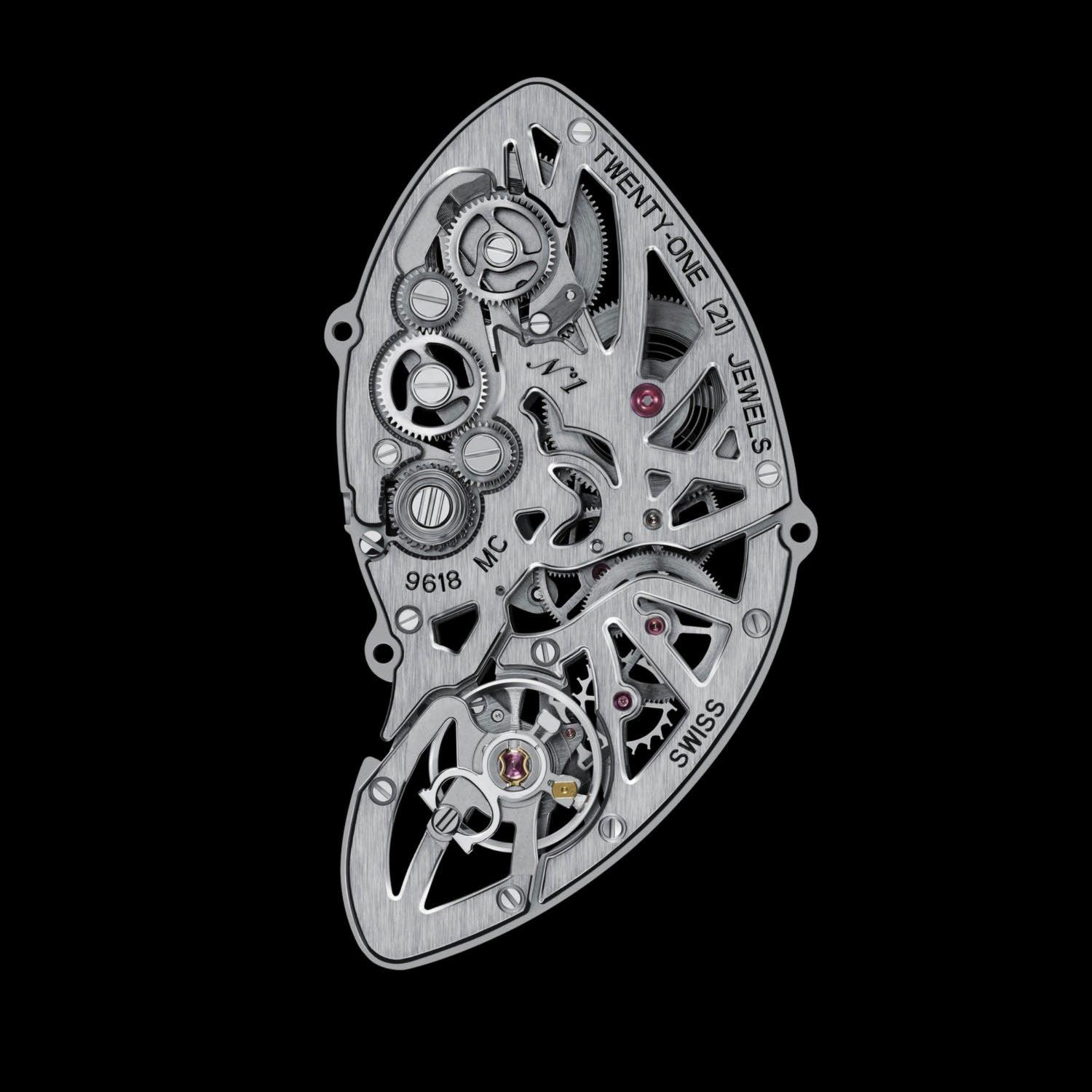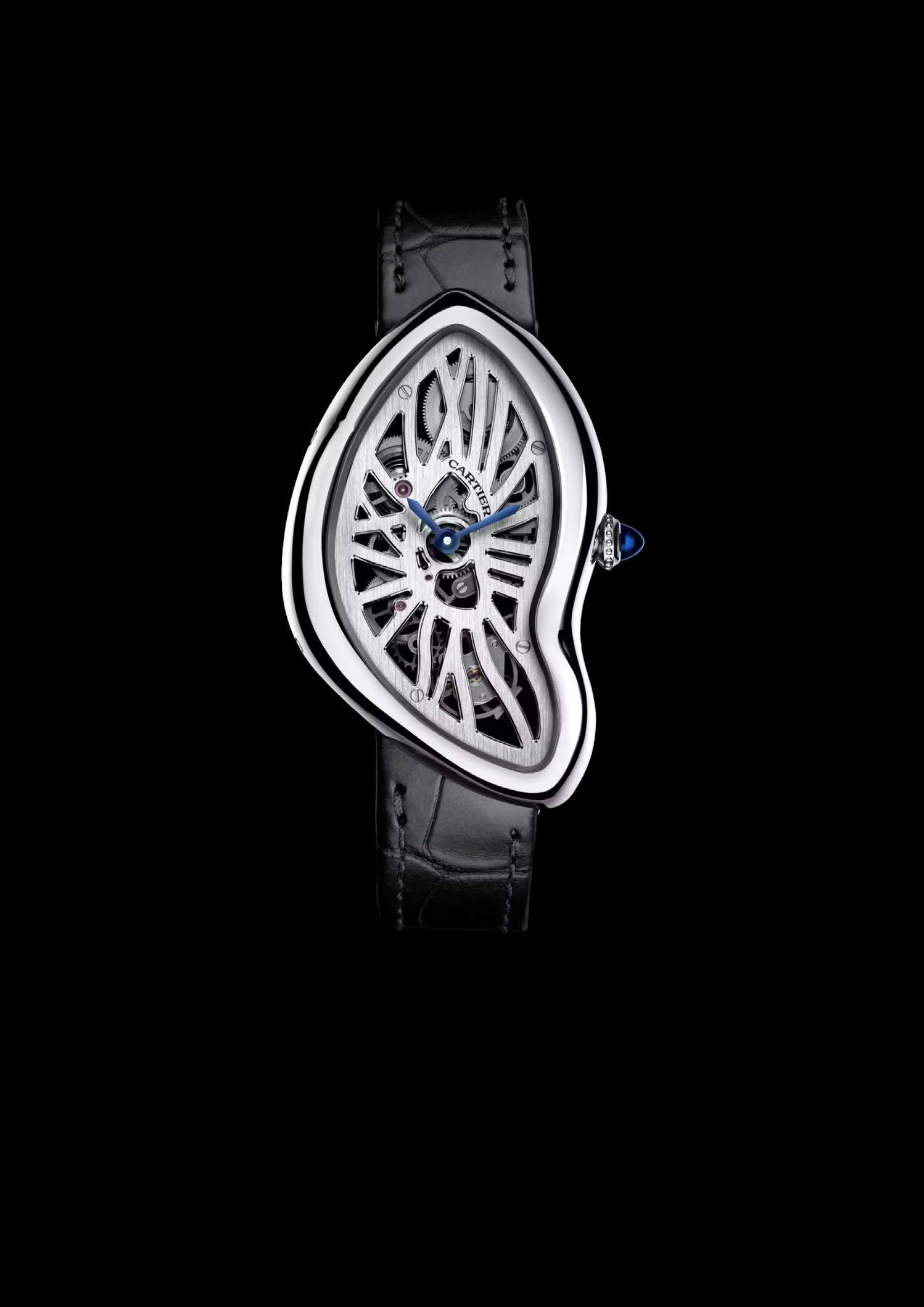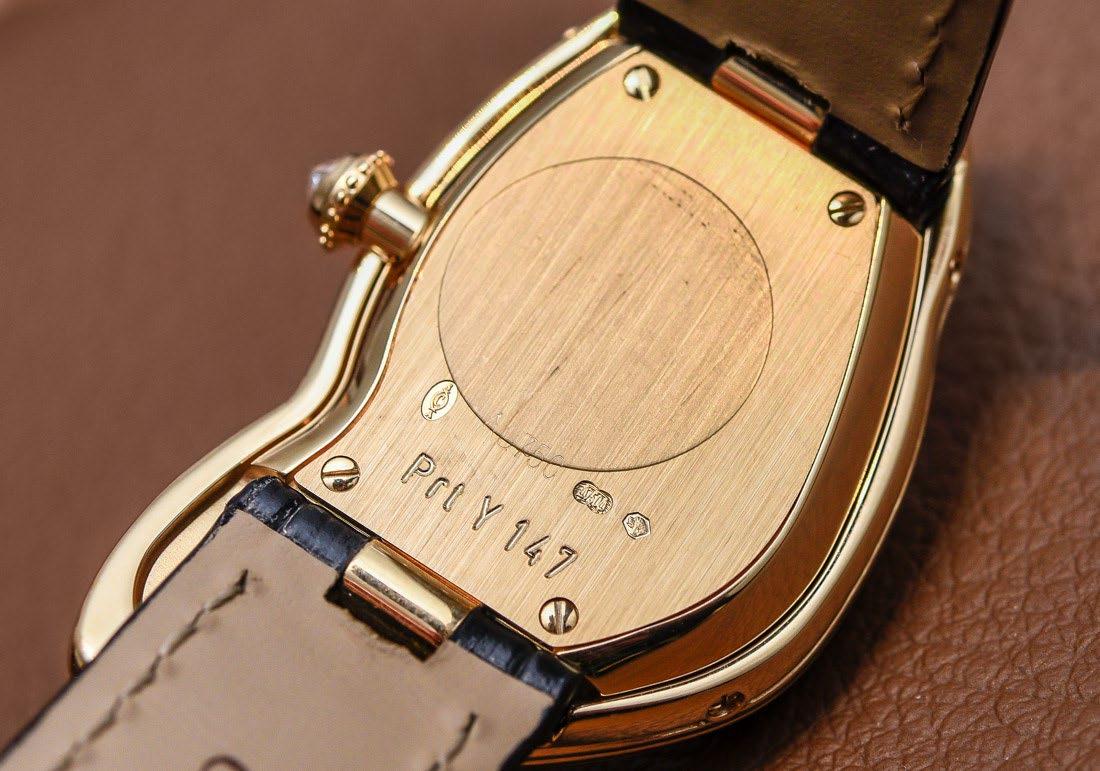Macario Kiyoshi
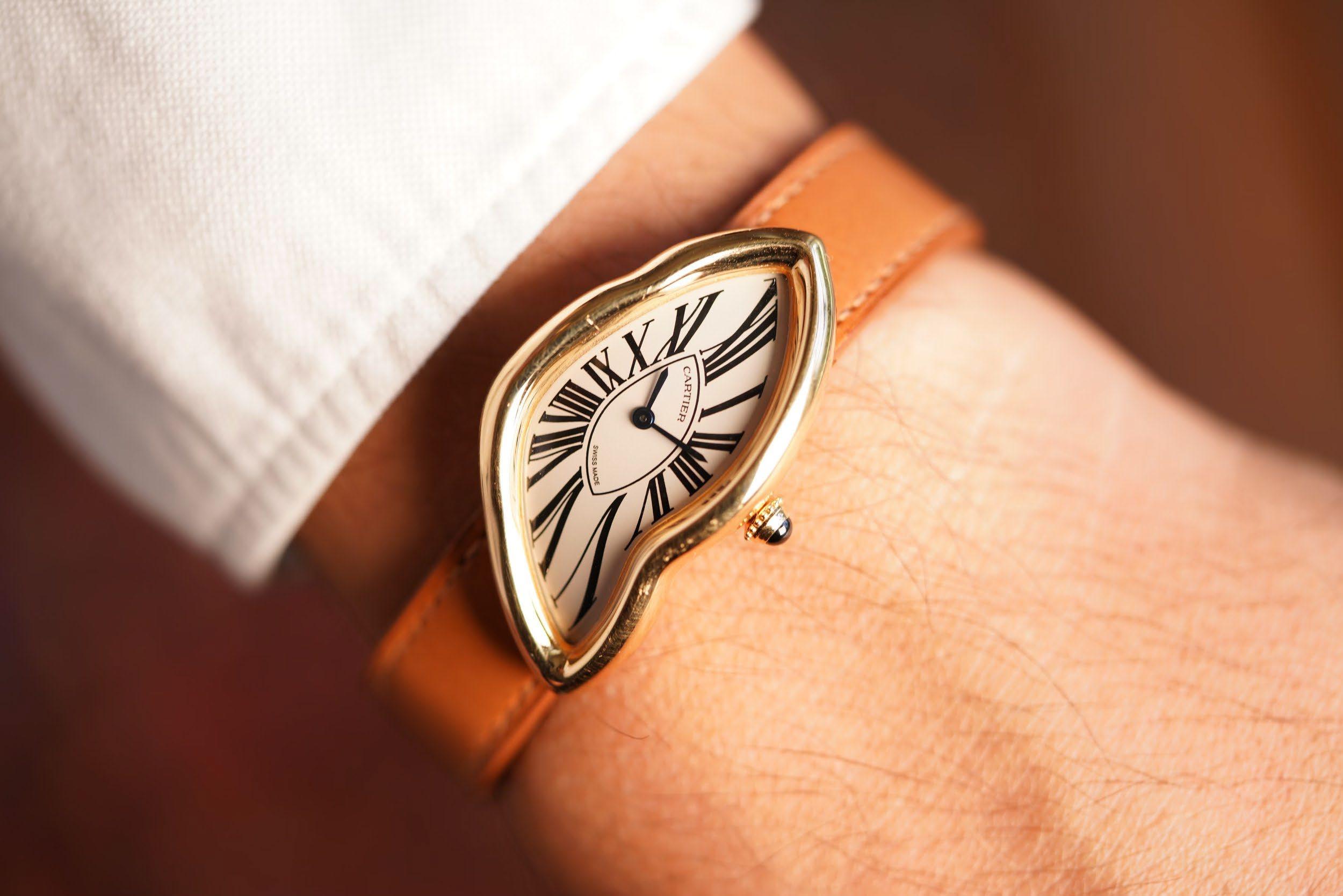

Unofficial Magalogue, for assignment purposes only.
a Timeless in Existence
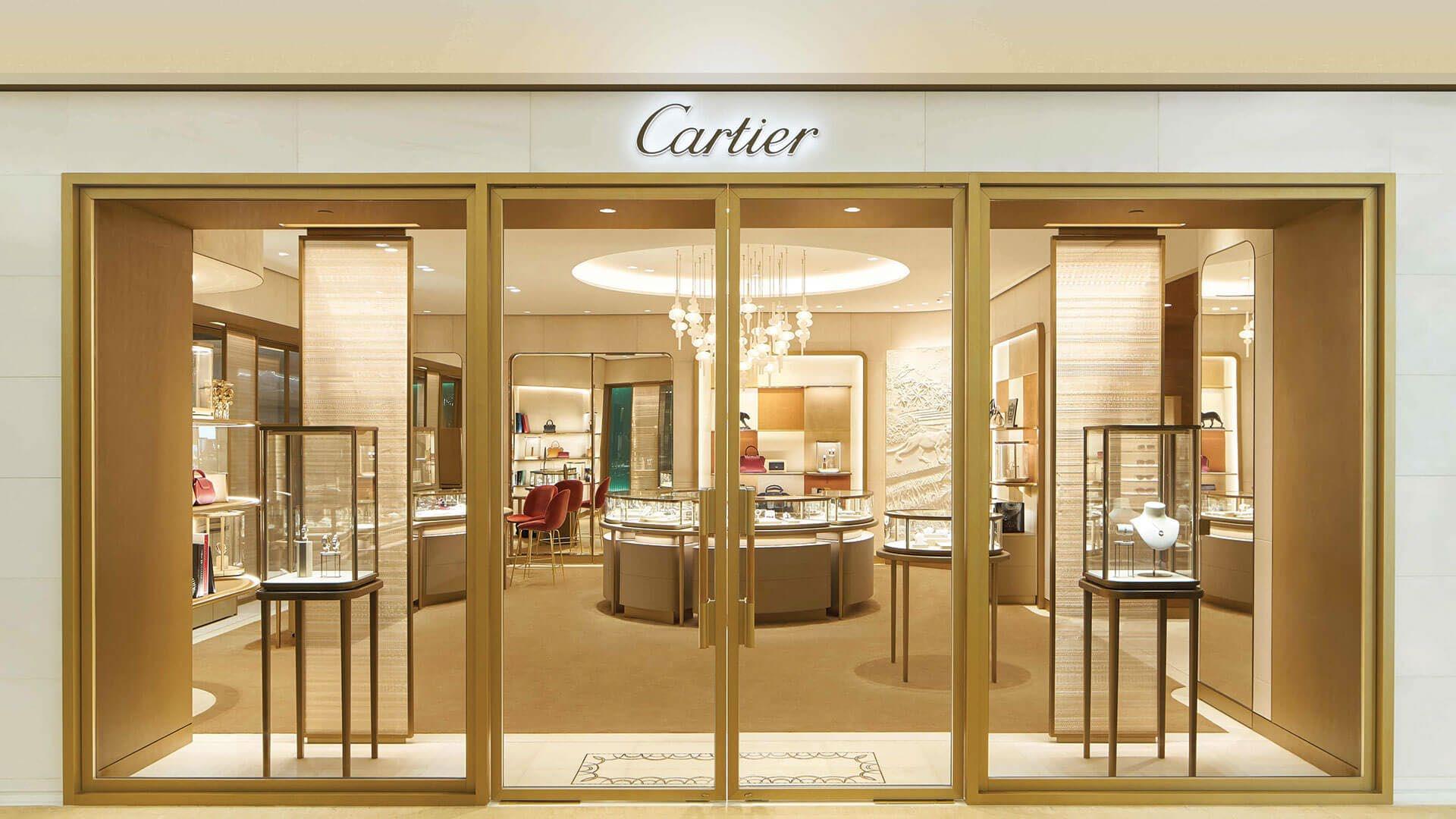

the design of the Cartier Crash was not influenced by Salvador Dalí's
1980s/1990s: Cartier Crash Platinum
Cartier Crash Paris Platinum Watch
Cartier Crash Diamond Watch
2013: Cartier Crash on Metal Bracelet
Table Of Content
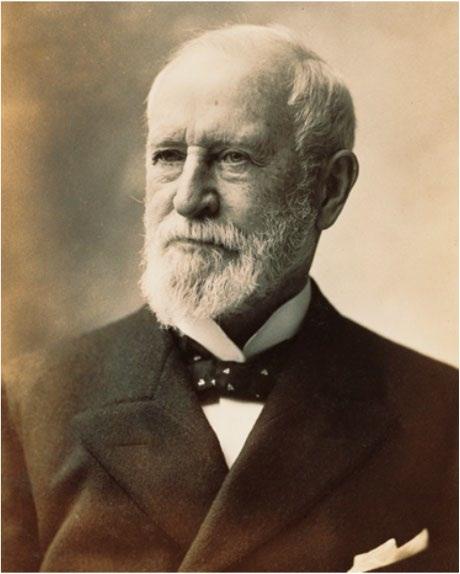


Louis François Cartier (1819–1904) assumed control of his mentor Adolphe Picard's workshop at 29 Rue Montorgueil in Paris, marking the inception of Maison Cartier.

Cartier earns its first royal warrant from King Edward VII's court, establishing its status as the o cial jeweler for several royal families, including those of Spain, Siam, Russia, and others.
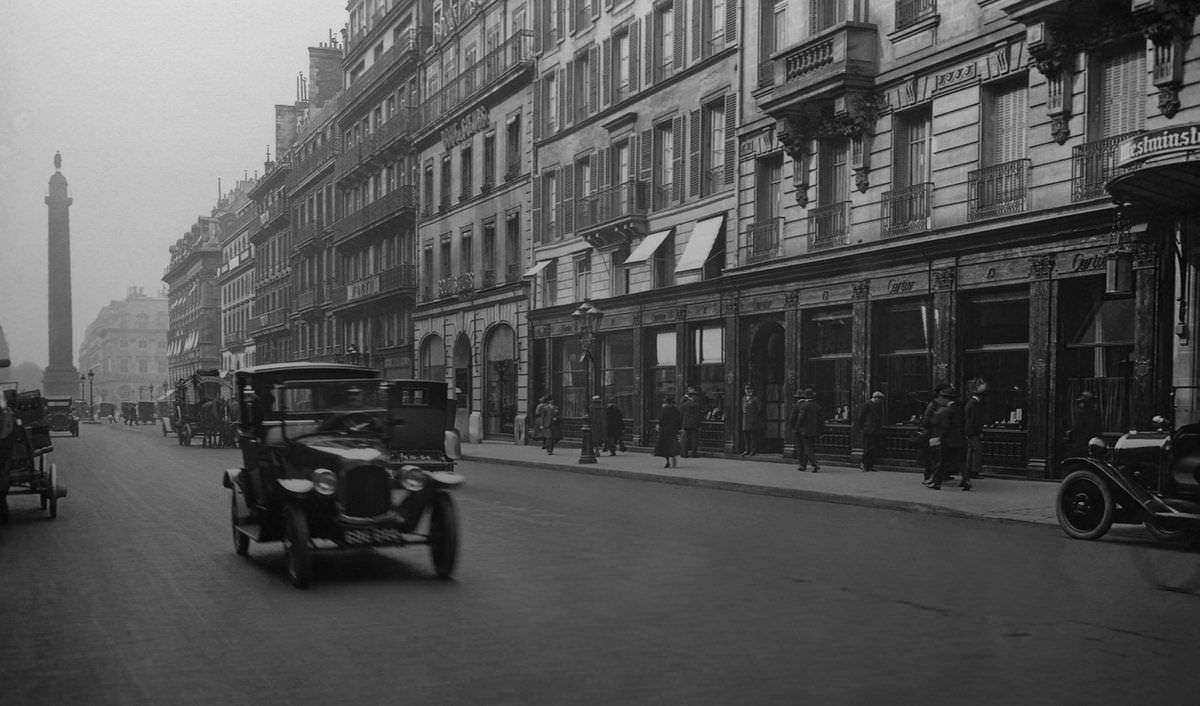
Cartier Crash London
43mm | 25mm
Year : 1967’s
Material : Yellow Gold
Bracelet : Crocodile
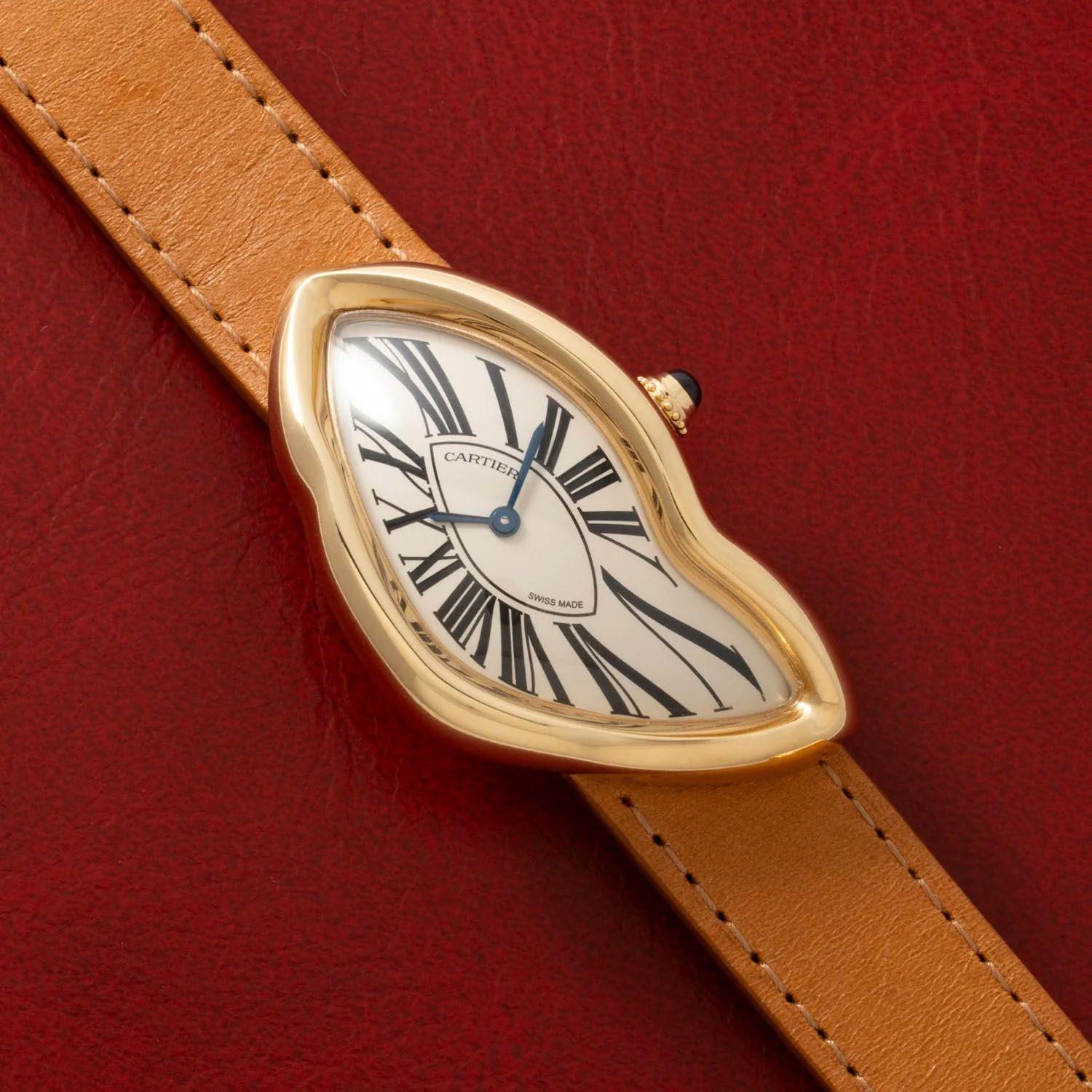
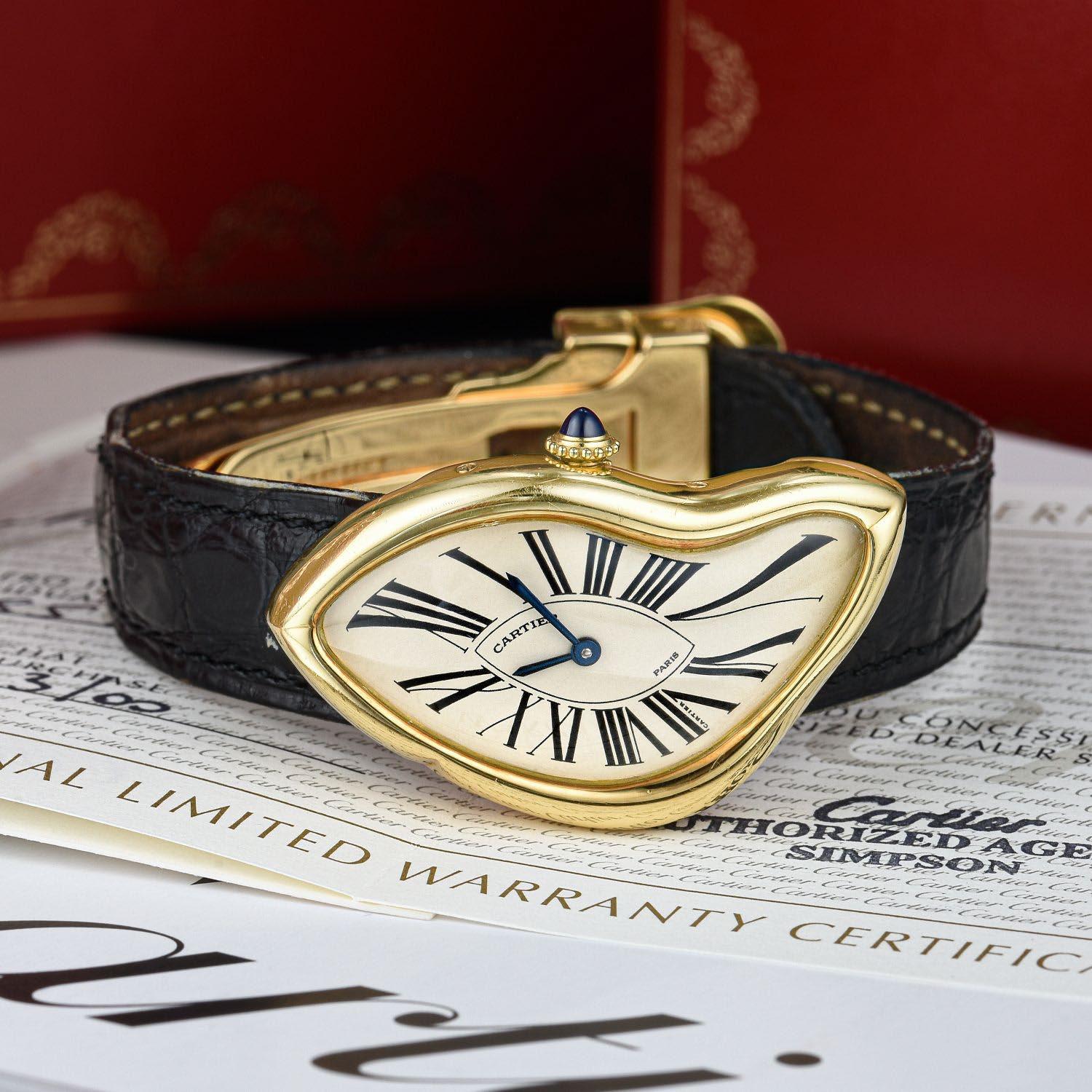
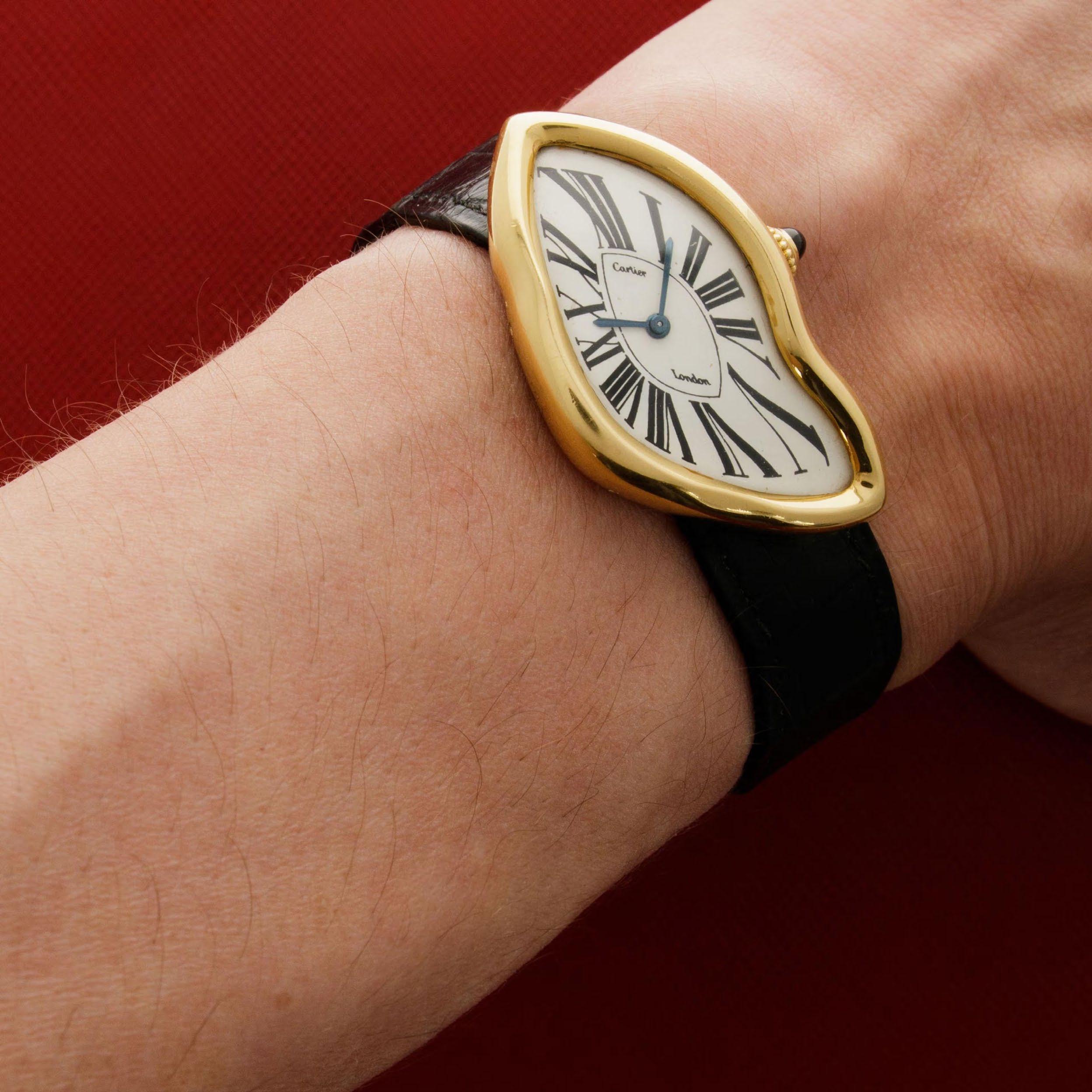



Cartier Crash London 43mm | 25mm
Year : 1967’s
Material : Yellow Gold
Bracelet : Crocodile
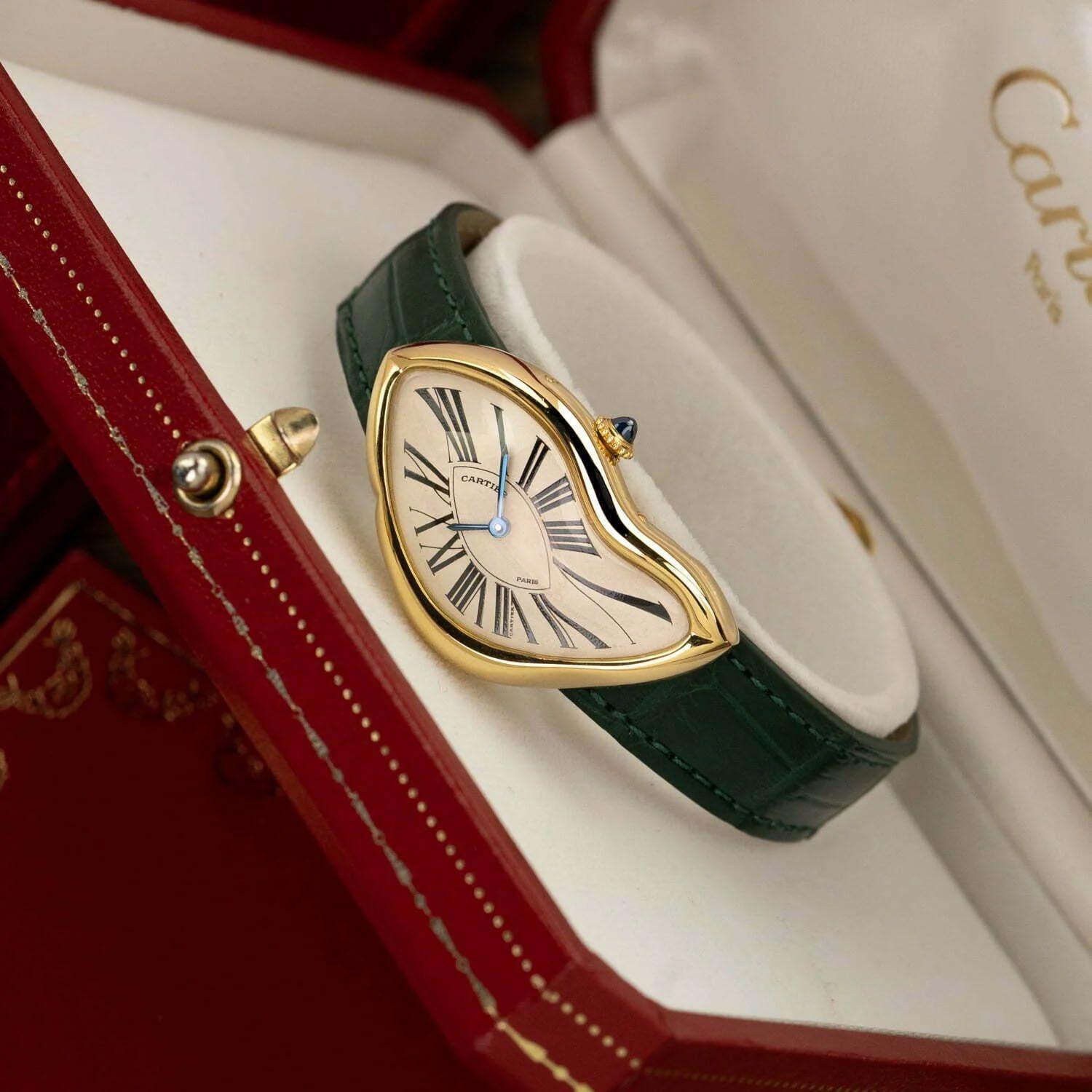

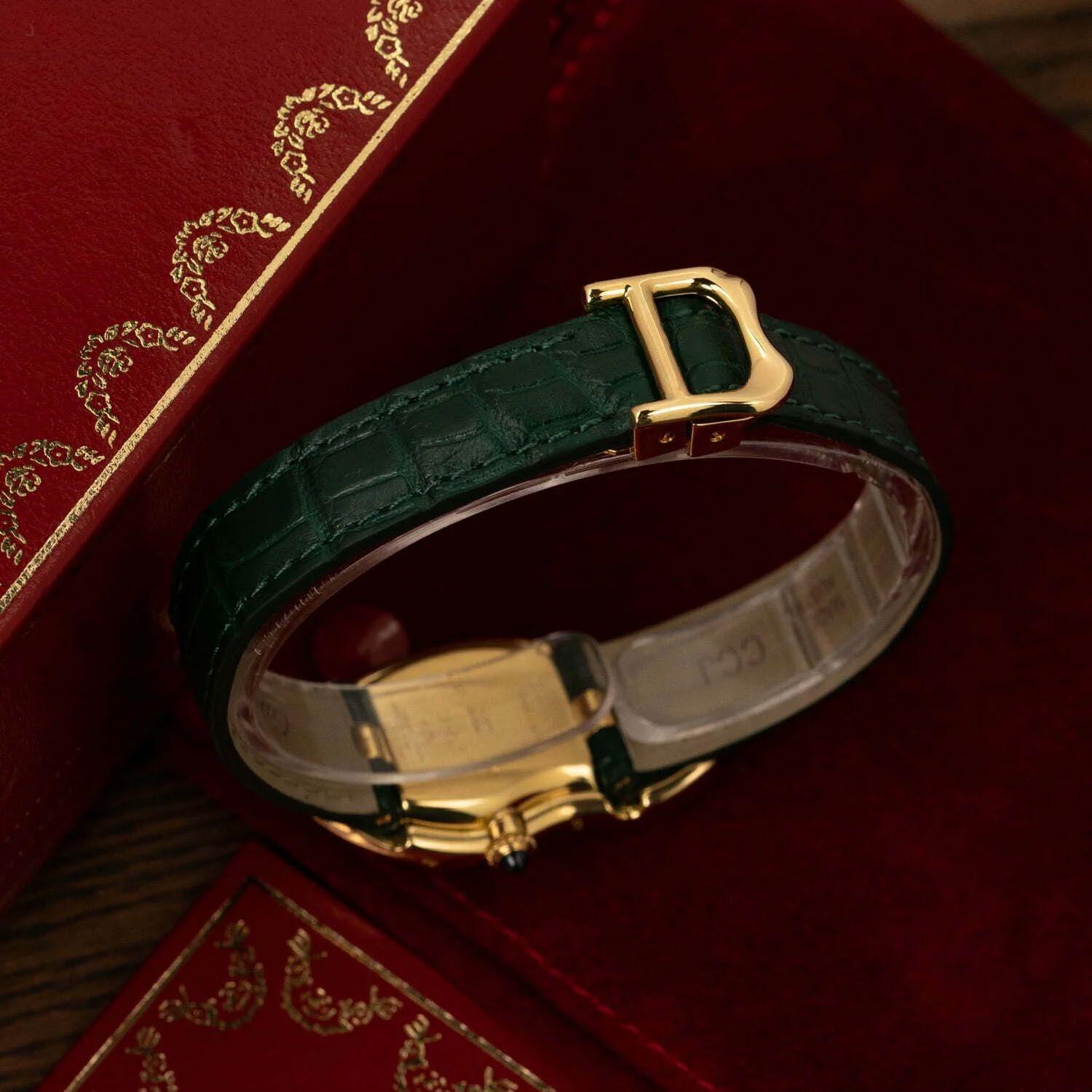



the design of the Cartier Crash was not influenced by Salvador Dalí's
Contrary to what most people think, the Cartier Crash was not inspired by Salvador Dali's melting clocks in the 'Persistence of Memory'. The accepted story is that either a Cartier executive (many people say the Cartier manager of that time) or a client was involved in a very bad car accident. He or she probably wore a Cartier Baignoire Allongee or Maxi Ovale. Due to the fire ensued by the crash, the watch melted which changed its shape. The remains of this watch became the blueprint for the Cartier Crash.
The first Cartier Crash was released in 1967 in London. Through the decades, it has only been launched in limited batches. Initially, the production of this model took place in London but in 1991 production was taken over by Cartier Paris and a re-edition was introduced: the Cartier Crash Paris. The re-edition was smaller measuring just 38 mm as opposed to 43 mm and displayed 'Paris' above the 6-hour position instead of 'London'.
The Cartier Crash’s distinctively warped design has long fascinated horology enthusiasts, with its origin story adding to its mystique. Beyond its rumored beginnings involving a damaged Cartier Baignoire Allongée, the watch's creation was also influenced by the cultural and artistic revolution of the 1960s. London, where the Crash debuted in 1967, was a hub of avant-garde art and design, shaping the unconventional aesthetic of the timepiece. Jean-Jacques Cartier, along with designer Rupert Emmerson, drew upon this creative energy to craft a watch that defied traditional norms.
Following its initial release, the Crash became a rare and highly sought-after model due to its limited production. The shift in production from London to Paris in 1991 brought subtle but significant changes, such as the smaller case size and the “Paris” engraving on the dial. This reimagined version catered to new audiences while preserving the legacy of the original.
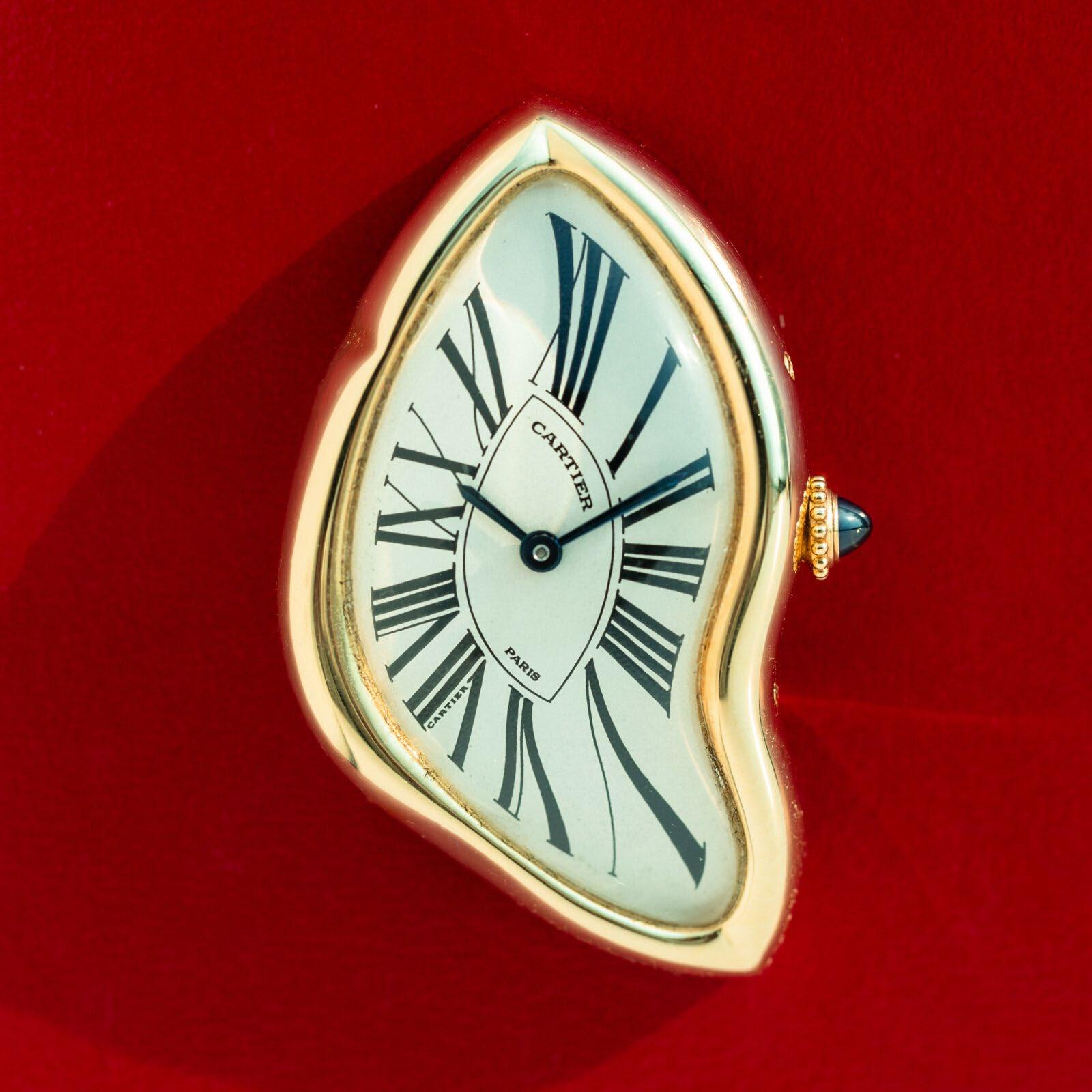

1980s/1990s: Cartier Crash Platinum
There is some debate about when Cartier first introduced the Crash watch in platinum, with accounts suggesting either the 1980s or 1990s. Regardless of the exact timing, the launch of platinum models demonstrated how the Cartier Crash design could adapt beautifully to materials beyond its original yellow gold. A notable example, sold by Sotheby’s, showcases the elegance of platinum, o ering a striking visual contrast to the more commonly found gold versions.
Over the years, Sotheby’s has handled the auction of several platinum Cartier Crash watches, including a 1990 model sold in 2018. This piece reflected a modern interpretation of the Crash’s original design principles. Due to their rarity, platinum Cartier Crash watches have consistently fetched higher auction prices than their gold counterparts, solidifying their status as highly coveted collector's items.

1991: Cartier Crash Production Runs in London and Paris
In the 1990s, Cartier expanded the Crash line with bespoke models in platinum and white gold, while Cartier Paris introduced a smaller, limited-edition version in 1991. This edition, crafted in 18-carat gold, was limited to 400 pieces, marking the largest run in Crash history.
A signature detail included a hidden Cartier mark in the VII numeral.
Notably, in 1994, a 40-piece pink gold version with burgundy numerals was released, solidifying the Crash's status as a collector’s gem. By the mid-1990s, Cartier Paris became the sole producer of the Crash, continuing its legacy with unique, limited designs.
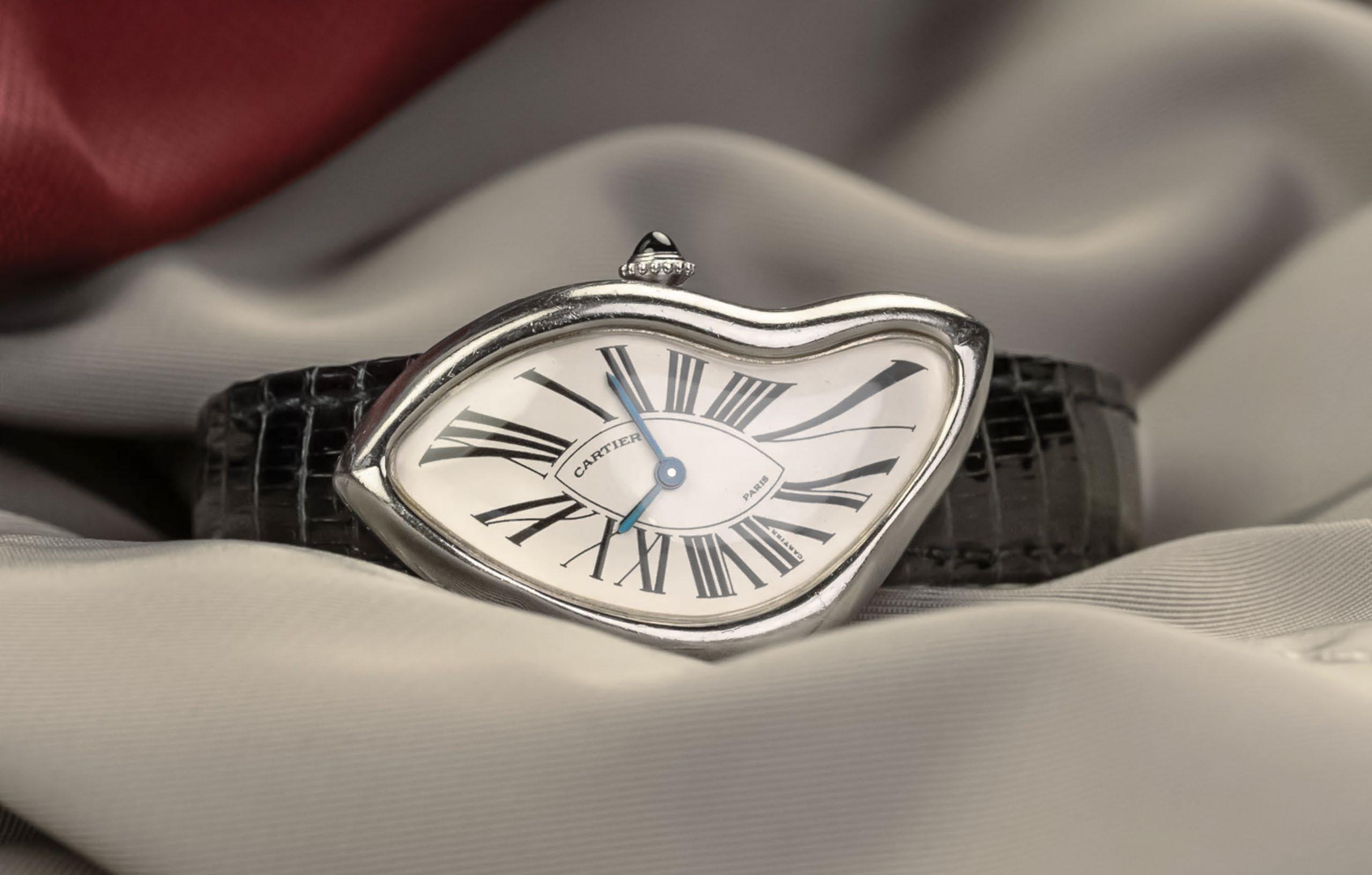
Cartier Crash Paris Platinum 38mm | 22mm
Year : 1991’s
Material : White Gold
Bracelet : Crocodile

Cartier Crash Diamond 38mm | 23mm
Year : 2000’s
Material : Yellow Gold Diamond
Bracelet : Crocodile
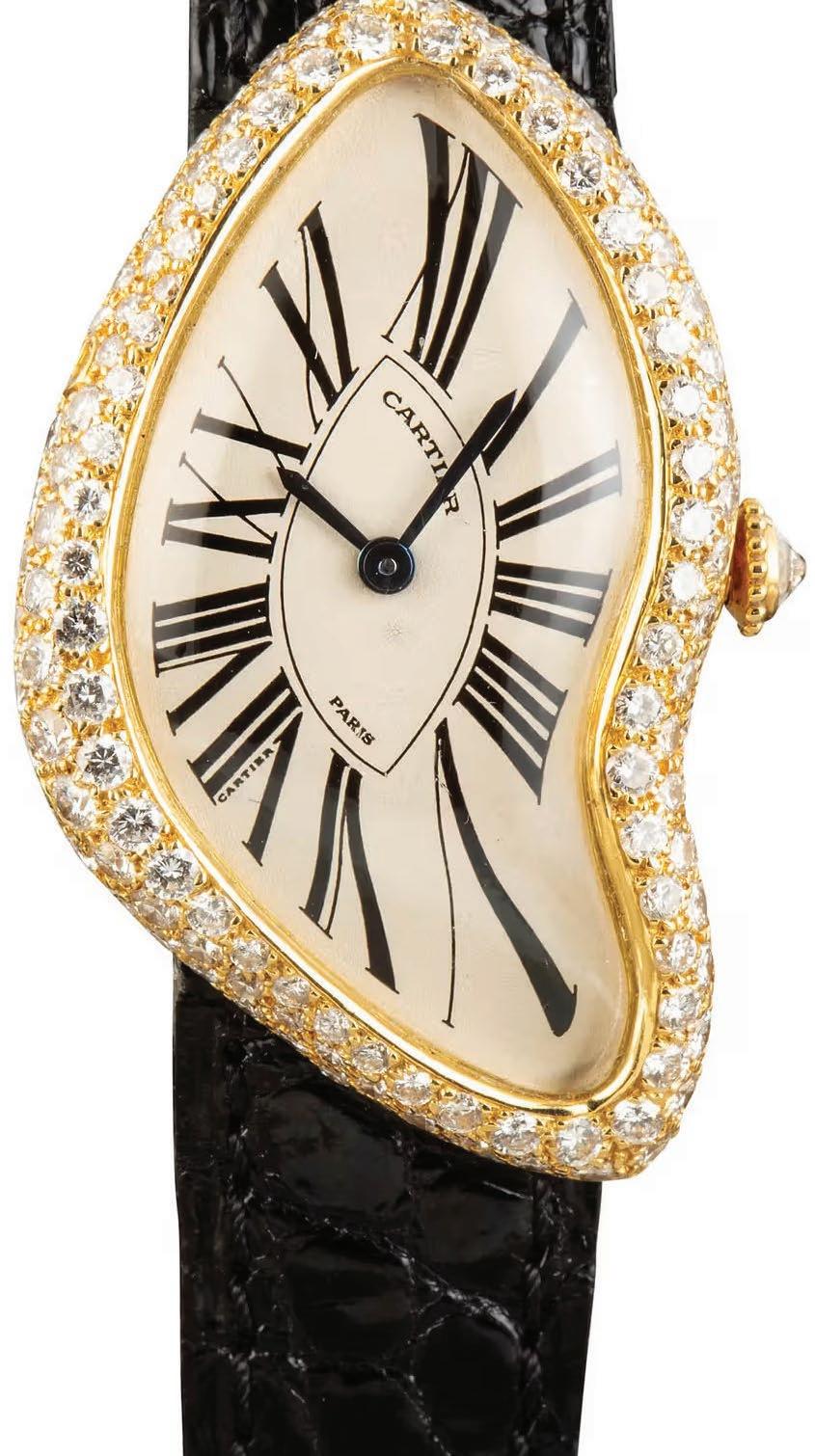

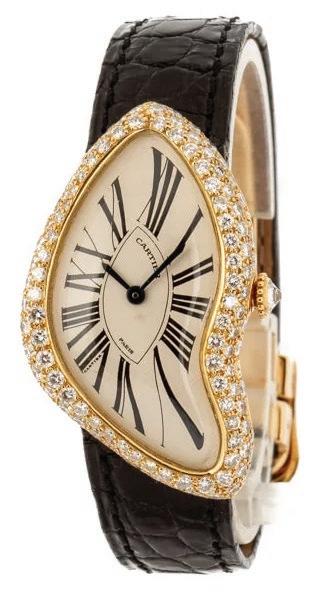
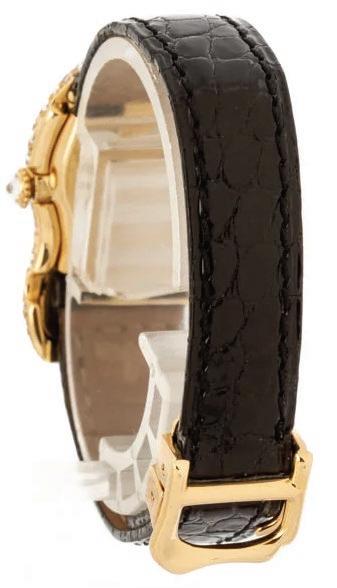
2013: Cartier Crash on Metal Bracelet
In 2013, Cartier reimagined the Crash by blending the worlds of haute horlogerie and fine jewelry, creating a dazzling diamond version of the watch. This exclusive release was limited to just 67 pieces, showcasing the Maison's artistry in combining innovative design with exquisite craftsmanship.
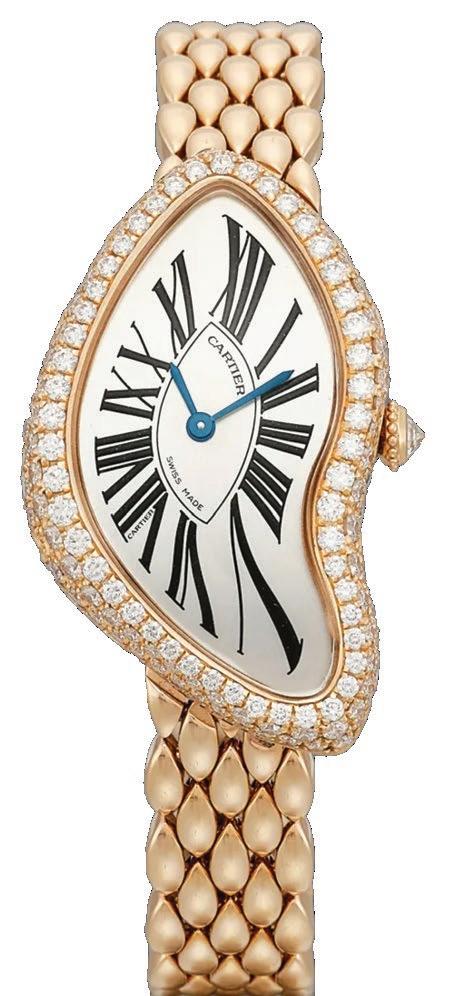
The smooth, polished bracelet brought a contemporary edge to the watch, elevating its avant-garde appeal while maintaining its luxurious identity. This iteration also highlighted the Maison’s commitment to versatility, o ering a fresh option for those who appreciated the iconic curves of the Crash but sought a more modern and durable strap alternative. Collectors and enthusiasts alike praised this release for its ability to push boundaries while staying true to Cartier’s legacy of timeless artistry.
